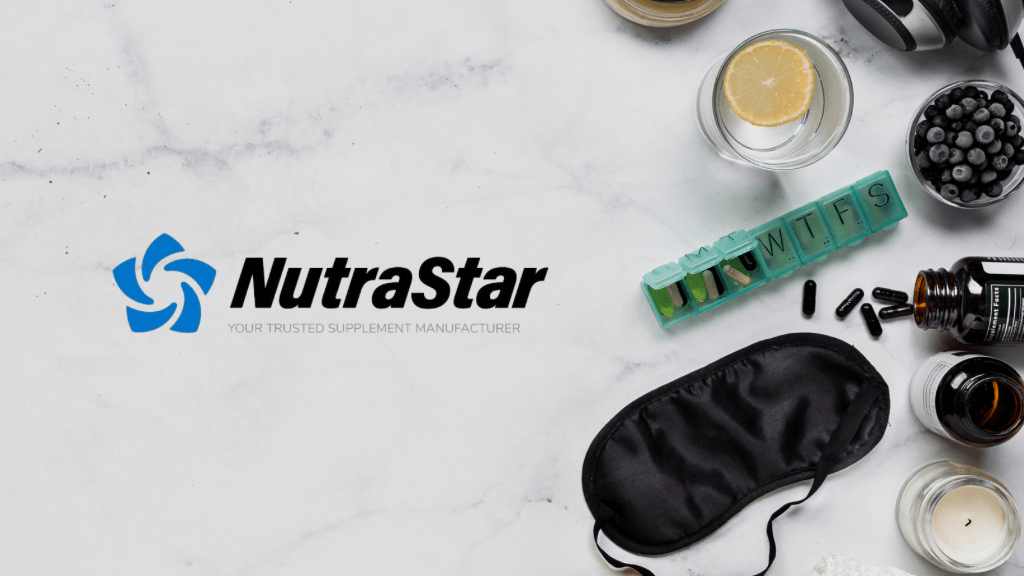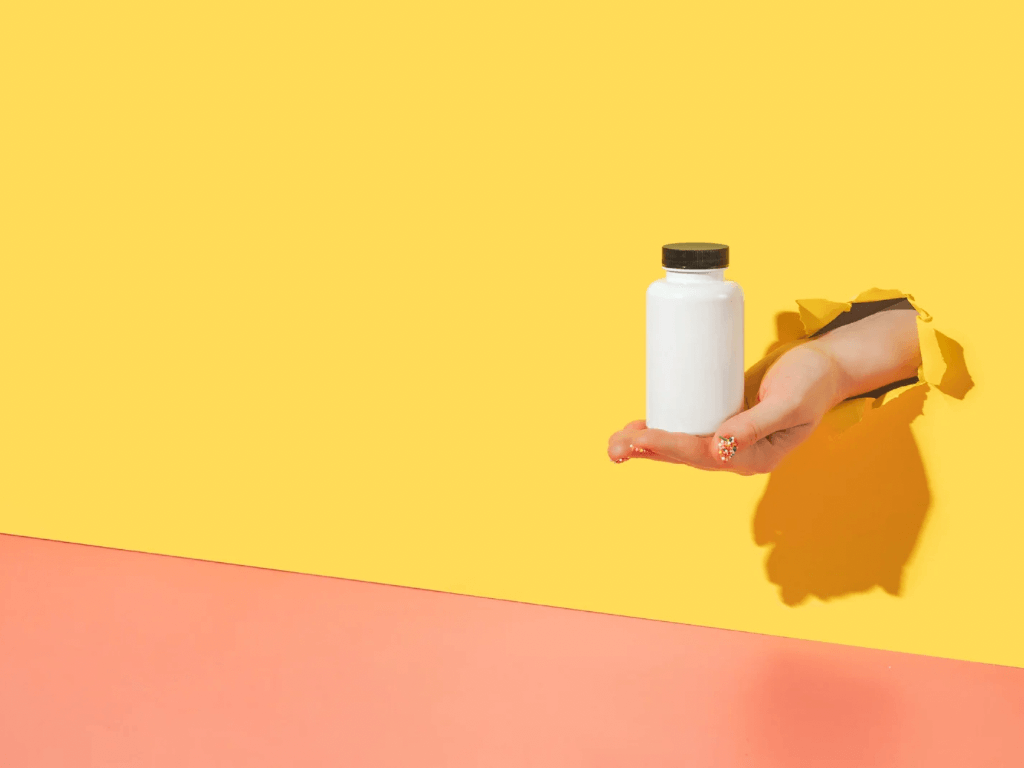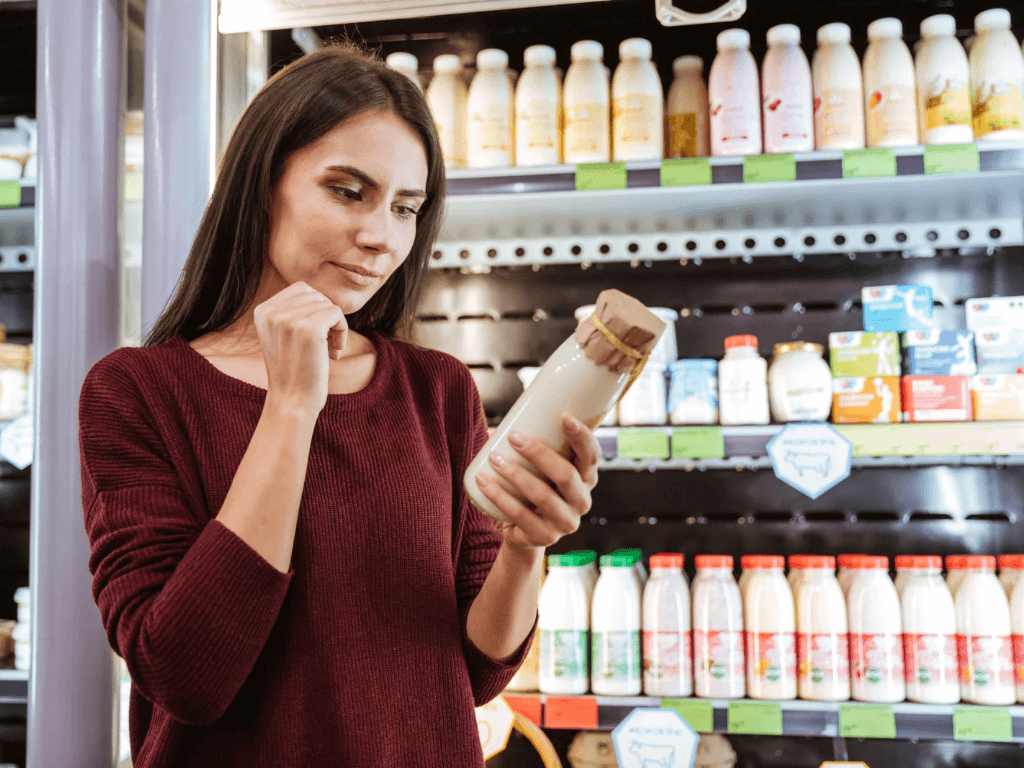The Rise of Biohacking: What It Means for Supplement Brands
In recent years, biohacking has moved from the fringes of internet forums to the center of modern wellness culture. Once associated with extreme self-experimenters and tech-obsessed life optimizers, biohacking is now influencing how everyday consumers think about health, longevity, and — most importantly for our industry — supplements.
But here’s the key: this movement is not just a passing trend. It’s reshaping consumer expectations, purchasing behavior, and even product development pipelines.
So, what does this mean for supplement brands? Let’s unpack what’s driving the rise of biohacking — and how savvy brands can authentically connect with this growing tribe.
What Is Biohacking, Really?
At its core, biohacking is the science (and art) of using tools, data, and lifestyle interventions to optimize the human body — from performance and cognition to immunity, sleep, and longevity.
It’s a spectrum. On one end, you have simple hacks like intermittent fasting, cold exposure, or magnesium for sleep. On the other end: neurofeedback, nootropic stacks, continuous glucose monitoring, and gene editing.
Some of the most well-known public voices in this space — like Dave Asprey, Andrew Huberman, and Bryan Johnson — have helped popularize biohacking language and protocols. But the new wave of biohackers? They’re not elite Silicon Valley engineers. They’re millennial and Gen Z wellness seekers, parents, professionals, and gym-goers. They’re building their own stacks, tracking their HRV and deep sleep scores, and demanding more from the brands they buy from.
1. Biohacking Is Shaping Supplement Expectations
For supplement companies, this shift comes with implications far beyond adding “brain health” to a product label.
Biohacking consumers want:
- High-quality, bioavailable ingredients — no fluff
- Stackable products that work in synergy
- Science-backed claims, not vague “wellness” language
- Transparency on sourcing, testing, and formulation rationale
- Data compatibility — think integration with wearables or apps
- Customization — because one-size-fits-all is no longer enough
The rise of biohacking has moved the supplement conversation away from basic support toward targeted optimization. That means brands must step up — from formulation strategy to brand storytelling.
2. The Culture of the Biohacker = Values-Driven Consumerism
Biohackers aren’t just looking for the next shiny pill. They’re curating a lifestyle. And part of that lifestyle includes:
- Community: They trade protocols in Reddit threads, Telegram groups, and niche Discord servers.
- Skepticism: They want brands to prove claims, not just market benefits.
- Experimentation: They’re open to trying new delivery formats, stacks, and routines — if the reasoning makes sense.
- Metrics: They want to track what works — which opens doors for brand-app integrations, smart packaging, and digital experiences.
If your brand wants to reach this community, you have to speak their language: show your research, your rationale, and your authenticity. No buzzwords, no patronizing. Just real insight, well communicated.
3. The Rise of Nootropics, Adaptogens, and Functional Stacks
Thanks to the biohacking boom, certain categories are seeing massive growth:
- Nootropics: cognitive enhancement, focus, memory
- Adaptogens: stress resilience, HPA axis balance
- Mitochondrial support: energy metabolism, aging
- Longevity compounds: NMN, resveratrol, spermidine
- Hormone support: natural DHEA, pregnenolone, testosterone optimization
- Sleep & recovery stacks: magnesium L-threonate, glycine, apigenin
These aren’t just niche anymore — they’re mainstreaming. And the brands that educate and innovate around these areas will stay ahead.
4. Biohacking Is a Branding Opportunity — If You’re Strategic
There’s a temptation for brands to jump into the biohacking trend with flashy marketing and half-understood buzzwords. But biohackers can spot that from a mile away.
Here’s how to show up authentically:
- ✅ Collaborate with credible voices: Partner with biohacking experts, practitioners, or even influencers who do the work and can translate science into actionable tips.
- ✅ Offer layered products: Think beyond single-ingredient SKUs. Offer “performance packs,” day/night stacks, or tiered protocols with education included.
- ✅ Gamify the experience: Challenge users to track results over 30 days, offer habit-forming nudges, or connect with a wearable app.
- ✅ Prioritize content: White papers, video breakdowns, infographics — biohacking consumers love to understand how things work.
5. From Trend to Transformation: Where This Is Going
Biohacking is part of a larger evolution toward hyper-personalized health. We’re moving from:
- “Take this multivitamin daily” → “Take this compound at this time of day based on your HRV score”
- “Supports immunity” → “Modulates IL-6 and supports macrophage activity based on your genetic profile”
- “One-size-fits-all” → “Your stack, your data, your plan”
This is the frontier. And brands who position themselves not just as product providers, but as performance partners, will lead the next generation of nutraceuticals.
Key Takeaways for Supplement Brands
Biohacking is part of a larger evolution toward hyper-personalized health. We’re moving from:
- Biohacking is not niche anymore. It’s influencing mainstream health culture.
- Smart consumers want smart brands. Educate, show proof, and speak in specifics.
- Innovation is critical — but so is clarity. Don’t chase trends without building trust.
- Community is key. Build experiences around your products, not just labels.
- This is a marathon, not a sprint. Biohackers want long-term performance, not empty promises.
Be the Brand Biohackers Trust
The supplement industry is evolving fast — and the rise of biohacking is a signal that deeper education, better science, and smarter delivery are no longer optional.
NutraStar helps visionary brands create products that are ready for the next era of performance nutrition. From formulation strategy to manufacturing support, we build for the innovators — and for the consumers who demand more.






